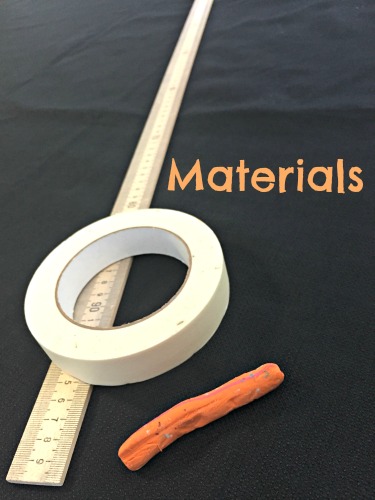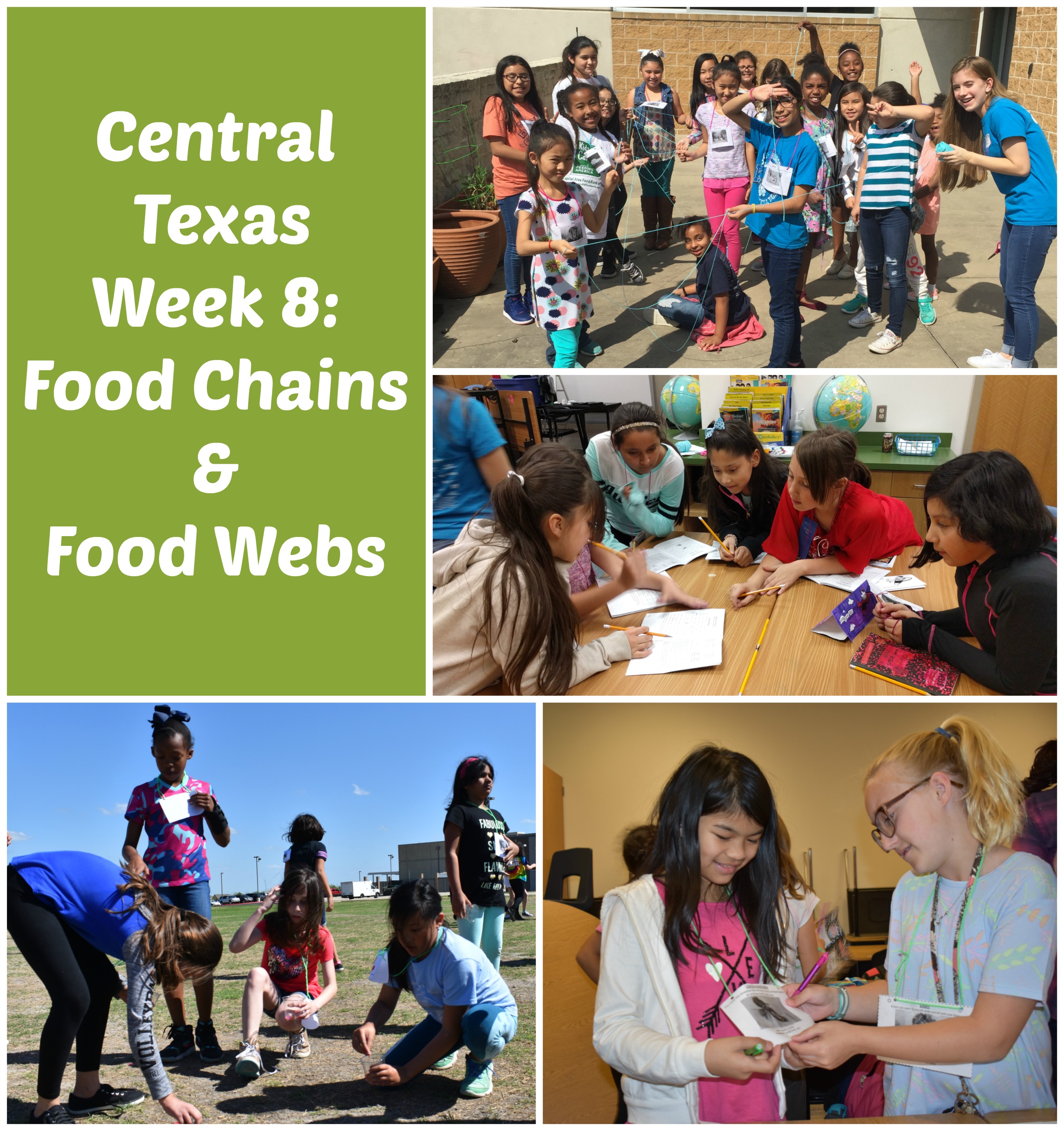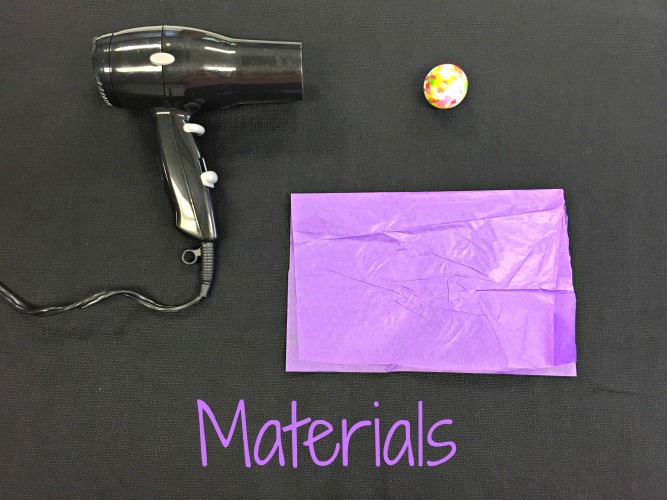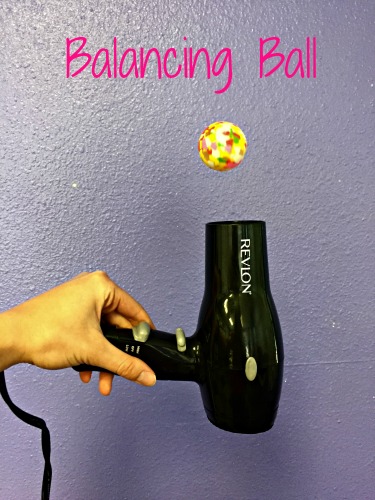Wind at Work
This week at After School To-Go, students continued to learn about alternative sources of energy! As Wind Energy Engineers, girls worked together to design, build, and test a wind turbine’s ability to lift a load.
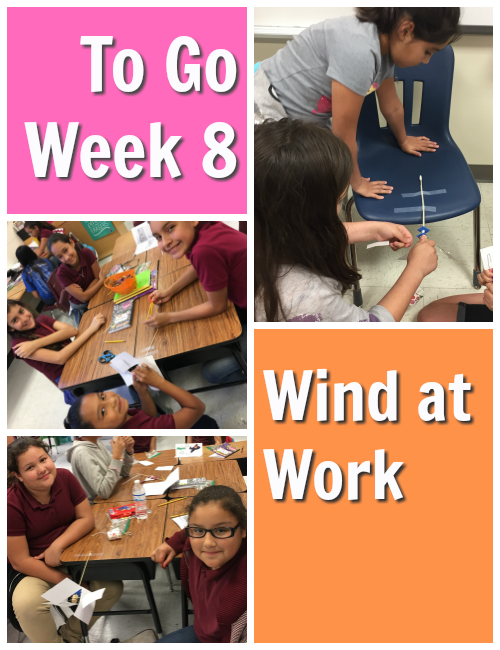
To prepare for their activity, groups made a list of wind-powered objects, like balloons, fans, and pinwheels. Students hypothesized that moving air can do work and generate electricity or lift heavy loads! To test their hypothesis, girls worked together in small groups to design a wind turbine made of various materials, like skewers, foam, cork, and string. Each group decided on the number of blades their turbine would have, as well as the angle of each blade.

Groups tested their turbine’s ability to lift a cup of paperclips by timing the process. Some groups found that their turbines quickly lifted the paperclip load, but other groups observed that their turbines required more time. Each group made modifications, based on student conclusion that a greater number of blades is directly correlated to an increased lifting speed. Girls learned that wind energy creates mechanical energy, which can generate electrical energy and move heavy objects!
